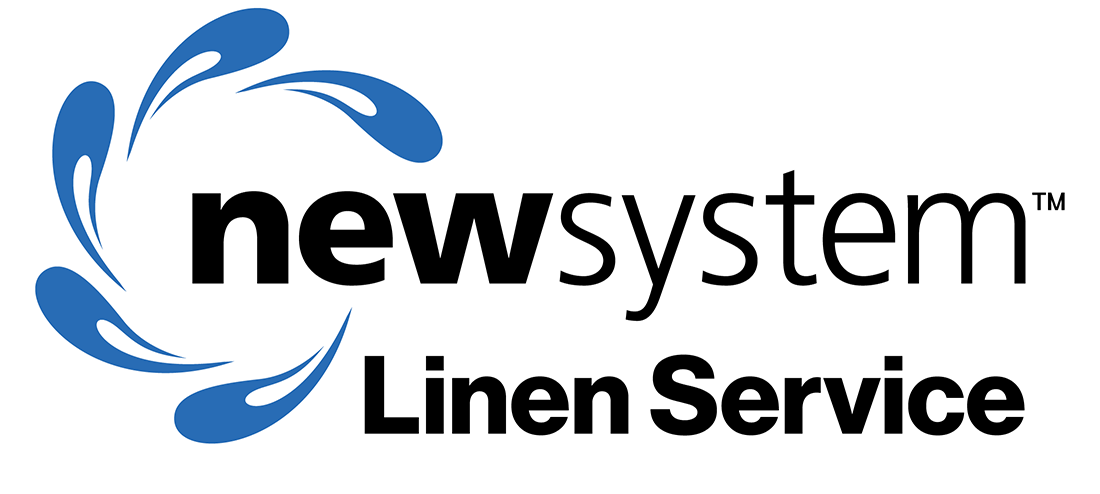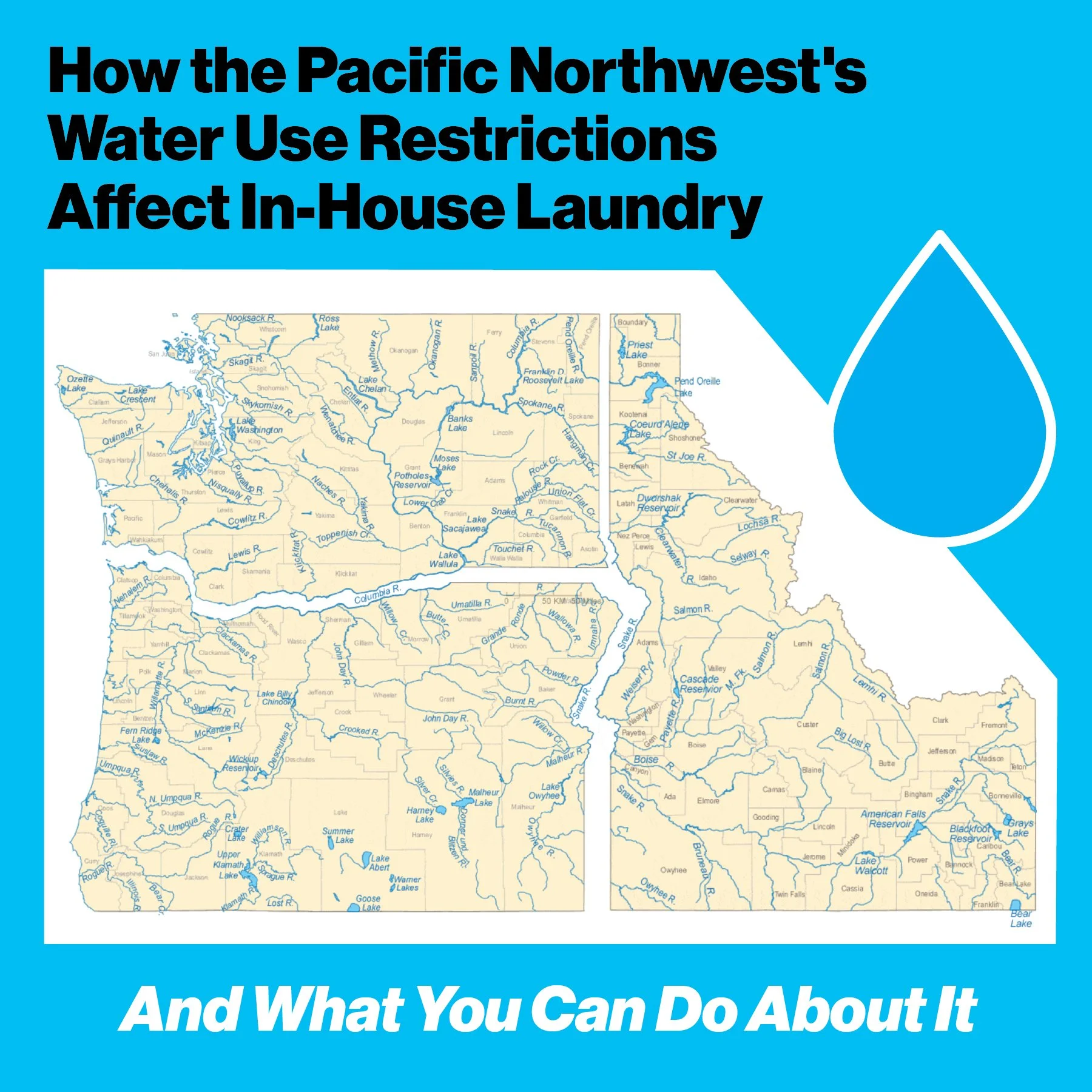How the Pacific Northwest's Water Use Restrictions Affect In-House Laundry — And What You Can Do About It
The Pacific Northwest may be known for its rainfall, but when it comes to long-term water supply and sustainable usage, many communities across Oregon, Washington, and Idaho are tightening their policies. For healthcare facilities running their own laundry operations in-house, this shift presents growing operational and financial risks—often hiding in plain sight.
Let’s take a closer look at what’s changing, how it affects your practice, and what steps you can take to stay compliant, sustainable, and cost-effective.
The Water Footprint of In-House Laundry
If your clinic or facility operates its own washer-extractors, you may be consuming far more water than you realize. Industry data shows that conventional commercial washers use approximately 2.5 to 3.5 gallons of water per pound of laundry. In smaller or older setups, that number can be even higher.
For example, a healthcare practice washing 600 pounds of laundry per week could be using up to 2,100 gallons—every week. Over the course of a year, that’s more than 109,000 gallons of water dedicated solely to linen processing. This doesn’t account for the energy needed to heat water or the cost of sewer discharge, chemical treatment, and staff time.
Why the Pacific Northwest Is Tightening the Tap
Across the region, water utilities are implementing drought-resilience policies and tiered pricing systems that penalize higher usage. In many municipalities, commercial properties—including healthcare facilities—are subject to:
Tiered water rate structures that increase per-gallon costs with higher usage
Required compliance with wastewater discharge pretreatment standards
Drought-stage contingency plans that may impose restrictions or fines on heavy users
Even well-intentioned operators can find themselves in violation or incurring rising costs simply by maintaining the status quo.
The Environmental and Operational Alternative: Outsourced Linen Service
At New System, we’ve invested heavily in technologies and processes that dramatically reduce environmental impact—particularly when it comes to water.
Our systems filter, disinfect, and reuse up to 98–99% of all water processed daily. That means each pound of linen uses a fraction of the water consumed by in-house systems—often below 0.5 gallons per pound. We’ve paired this with high-efficiency heating and detergent systems, and we’ve earned the Gold Environmental Compliance Award from the City of Portland for 20 consecutive years of meeting or exceeding discharge standards.
In contrast to in-house laundry, outsourcing offers:
Reduced water and energy usage
Elimination of sewer surcharges and utility spikes
Predictable, flat-rate pricing
Compliance with regional environmental regulations
Hospital-grade hygiene and audit readiness
What You Can Do Next
If you manage a healthcare facility in Oregon, Washington, or Idaho, here are a few simple steps to evaluate your laundry’s water impact:
Review your recent utility bills and calculate your gallons-per-pound usage.
Talk to your facilities or maintenance lead about your local water discharge compliance requirements.
Consider scheduling a linen audit or cost analysis with a commercial laundry partner to compare cost, sustainability, and regulatory alignment.
As water restrictions increase and environmental accountability grows, in-house laundry becomes harder to justify. Fortunately, sustainable, compliant alternatives already exist—and they’re built for the Pacific Northwest.

